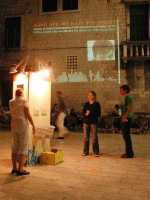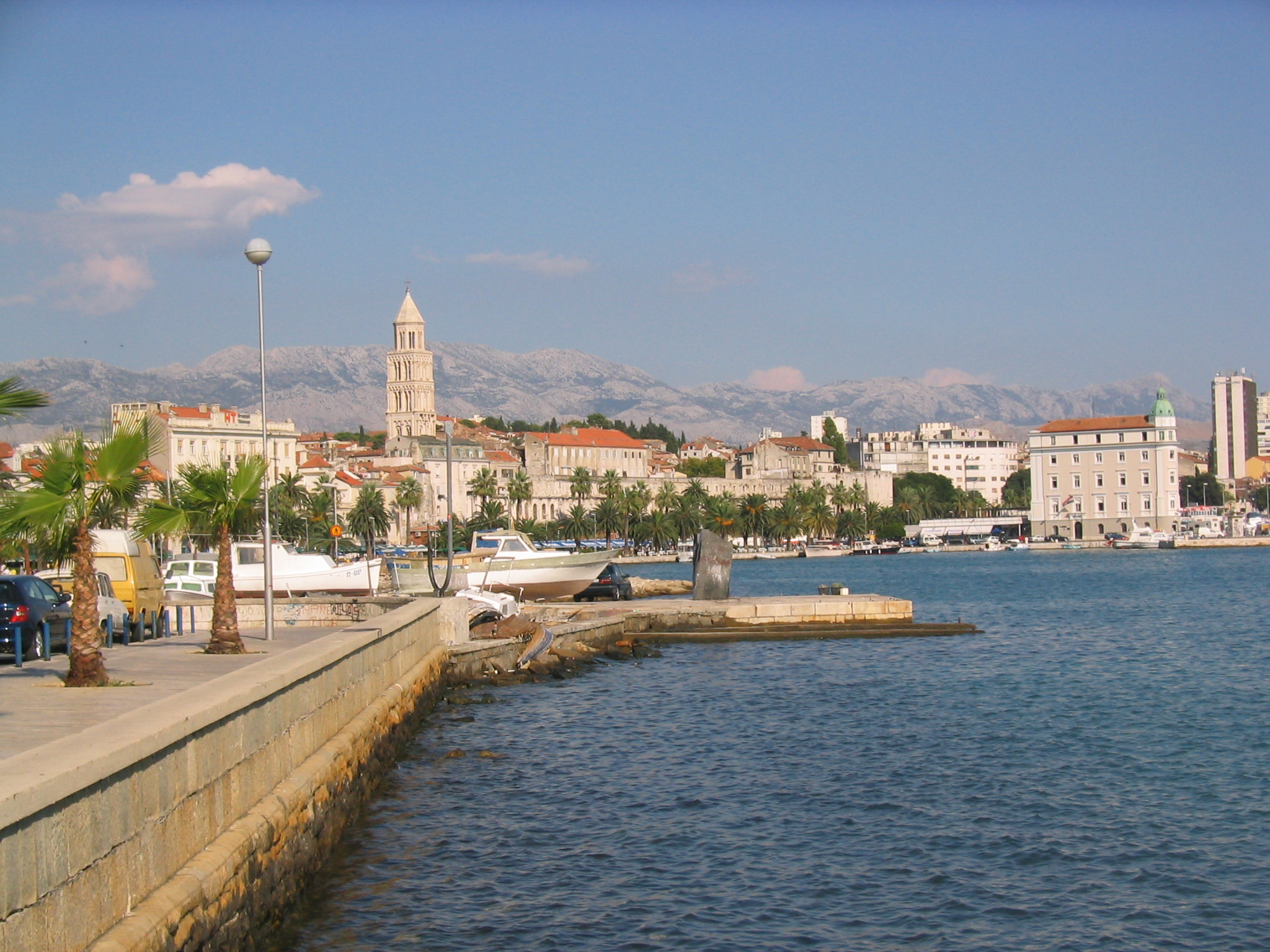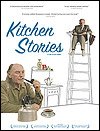 Ajmo Splite!!
Ajmo Splite!!Project became popular in croatian newspapers


The lecture gave some insight about interaction design, together with problems and definitions. One of the proposed definitions: "Interaction design is an art of facilitating and instigating interactions between humans or other agents mediated by products" Dan Suffer. The main point of contrast was interaction design vs. HCI where the last was defined as "engineering approach for computer interfaces". The discussion emerge around the issue of the importance of [visual] identity for interaction design.
Bosse presented ideas behind the interLiving project and its results. To achieve the goal of building a prototype of a useful home device different approaches to understanding families and their internal activities were applied. For capturing characteristics of the families taking part in the experiment the researchers proposed different opportunities to capture information about their daily communication, activities, house rules etc.:
From the data captured and also from observing family members behaviour the researchers derived a list of communication problems. A number of prototypes were proposed and tested:
The basis for the talk is the "original" paper by the presenter, whose intention was to stimulate a discussion around the statement: "any creative process is a darwinian one and any rational procedure aimed at its optimization (e.g. design) is just a different from of the process that is still of darwinist nature". I'm still wondering whether it is a great discovery...
Panu Korhonen is the leader of usability group of
the NOKIA research center. He presented his perspective about the current state of the art with Interaction
Design issues and a role of interaction designer. Since interaction design is involved into different areas
of manufacturing a product (technology, marketing, design, users), its function appears to be intangible and
the role of an interaction designer is not clearly identified (yet?).
Some tips and tricks for an interaction designer:
User experience consists of:
They represented a change in the metaphor: from HCI to HHI, which means that there is a switch from interaction with a computer to human-to-human interaction via personalized agents. Some links: www.blaxxun.com, www.osaka.com, www.shopping24.de, www.bonzi.com/bonzibuddy They presented agents created in their lab which could change moods and attitudes. Currently they are investigating the influence of various agent attitudes on users. In the second part of the lecture Elisabeth presented her current research which has the objective to build a polite embodied conversational agent. For that she is trying to identify multi-modal conversational behaviour in human-human interaction and to incorporate its characteristics into agents. The evaluation has shown interesting results. The agents were developed in a way that they could fake emotions. Users interacting with these agents could say whether they like or dislike a particular agent but they were not able to say why. This leads to a conclusion that people are so used to hypocrisy which is till the certain extent is the norm of social behaviour that we are not able to recognize unhonesty in others.
We think about the technology from the way we interact with it. The medium we choose to express our ideas
is bound to how that information is received, interpreted and understood. The choice of media influences
the way we think about the nature and process of problem solving.
The study of creative practice:
- focus on architectural practice as an example of creative practice;
- tool-based approach: focus on interdependency between freehand drawings, physical model and
computer aided design (CAD).
The aim of the CAD is to produce different designs of undefined objects to help designers think.
Physical models enable the consideration of design issues of the whole building (in contrast with more limited
views on freehand drawings).
Suggested literature:

The film was shown to us partially with the motivation to introduce us to the concept of ethnography (the study and systematic recording of human cultures). It is definitelly a very original piece which involves the whole range of emotions. It is a comedy and a drama in the same time. For me the most dominating was the theme of loneliness in the movie which is not overwhelming though, since it was nicely compensated by warmness of friendship between the characters.
Project became popular in croatian newspapers Ajmo Splite!!
Ajmo Splite!!
My general impression of the summer school was very good. Together with the opportunity to meet interesting people with different backgrounds (designers, interaction designers, CHI people, computer scientists) the summer school offered engaging lectures. Many of the subjects presentated during the lectures I would never hear about at the conferences we go to. It was intersting to know what projects people who are not computer scientists are involved in. Our practical work was a great idea and I think also a great success. We had to work in the really close cooperation with all the atelier members and to use our various skills to make our final delivery possible. The fact that the summer school lasts for 2 weeks I see as a big advantage since it gives enough time to get to know people and to make contacts together with being able to concentrate on the work. It was very inspirational for me and I would definitelly recommend it.
by Katya, 20 Sept 2004